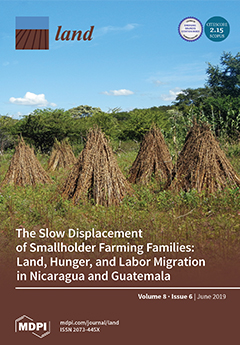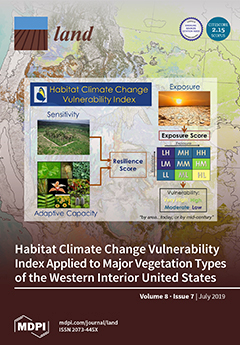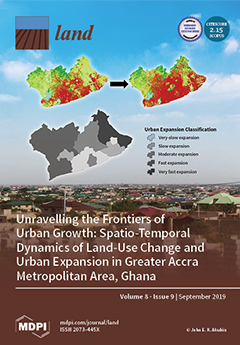Land Use Evaluation over the Jema Watershed, in the Upper Blue Nile River Basin, Northwestern Highlands of Ethiopia
Generating land capability class guidelines at a watershed scale has become a priority in sustainable agricultural land use. This study analyzed the area of cultivated land use situated on the non-arable land-capability class in the Jema watershed in the Upper Blue Nile River Basin. Soil surveys, meteorological ground observations, a digital elevation model (DEM) at 30 m, Meteosat at 10 km × 10 km and Landsat at 30 m were used to generate the sample soil texture class, average annual total rainfall (ATRF in mm), terrain, slope (%), elevation (m a.s.l) and land-use land cover (%).






